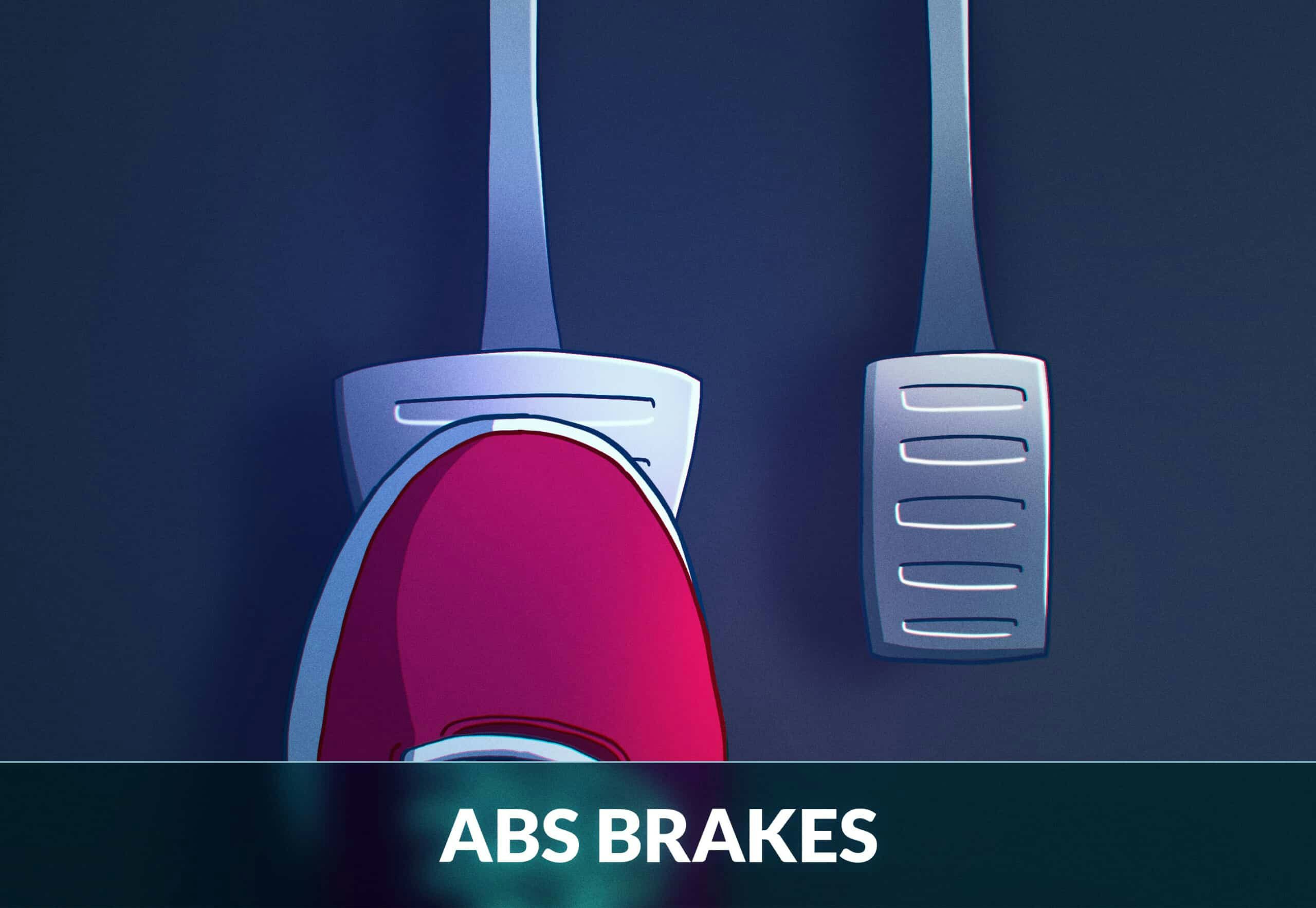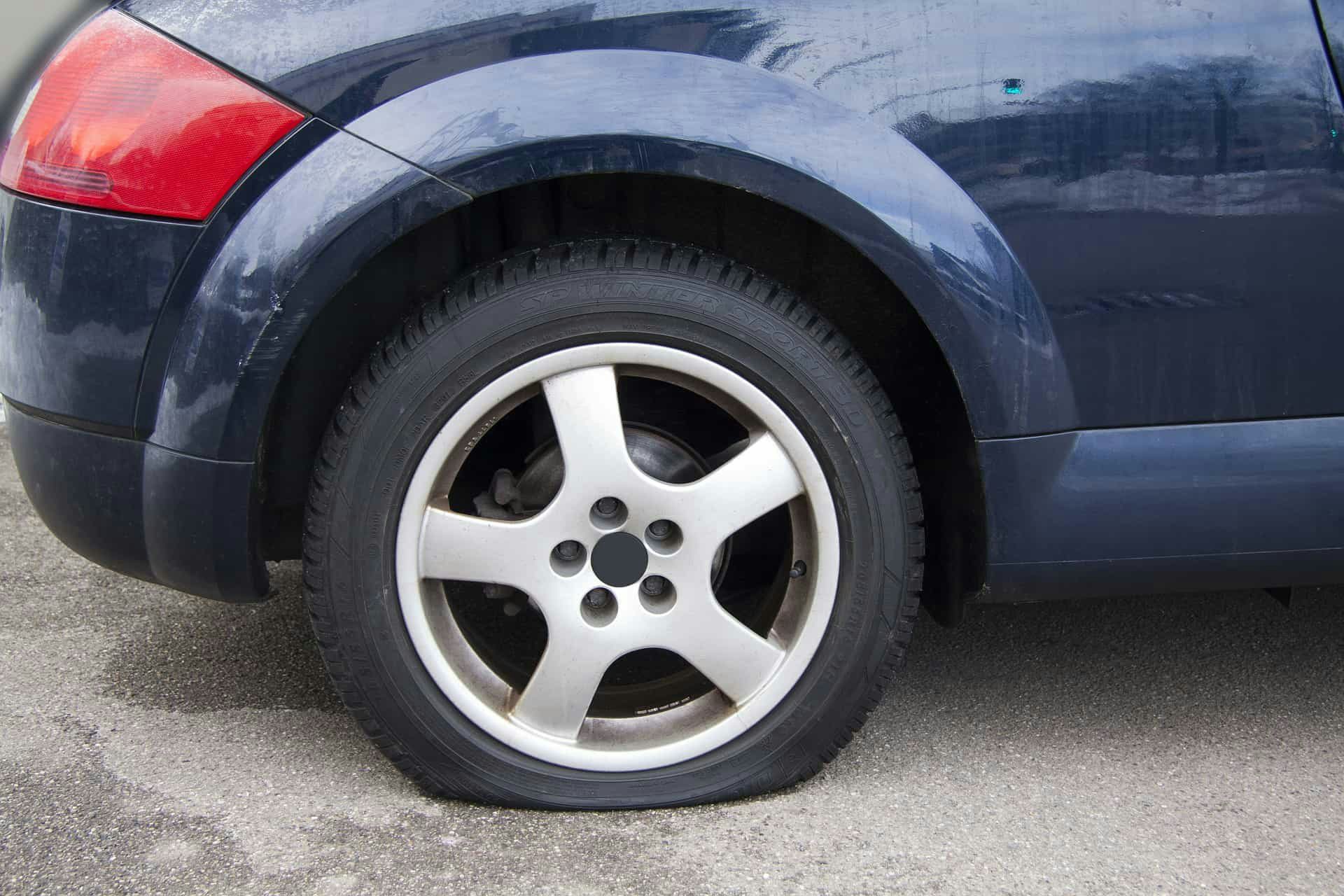
Anti-Lock Braking System Explained: What It Is and How It Works
We’ve all been in driving situations where it was necessary to brake quickly. These situations generally happen when traffic ahead of you suddenly stops, when a light unexpectedly turns red, when road conditions are poor, or when a driver makes a poor driving decision.
These situations can be scary and dangerous. However, vehicles have become more and more technologically advanced in past years, allowing for a safer driving experience. Most modern cars have anti-lock braking systems (ABS) that help maintain control during a quick stop, which is essential to avoid accidents, especially if you’re driving on a wet or icy road surface. Instead of losing traction and spinning out, you can both steer and brake at the same time.
What is ABS?
ABS stands for anti-lock braking system. The purpose of ABS is to prevent vehicle wheels from locking up and skidding, which causes a loss of control for the driver. Before ABS was invented, drivers had to pump the brake pedal during a hard stop to avoid wheel lock-up. However, ABS technology is much more efficient. Using a system of sensors, it can detect intense deceleration and kick the braking system in immediately.

When ABS is used properly, you can stop your vehicle in less time and with more control than a well-trained driver can without ABS. It’s especially handy as it also allows you to steer your vehicle to safety at the same time instead of your tires locking up. Anti-lock braking systems can pump the brakes much faster than any human driver can, which increases effectiveness and safety.
How Does Anti Lock Brakes Work?
Cars with ABS have a system of sensors that collect information about the wheels. They can detect unusual or sudden decelerations that indicate the need for a quick stop. This information is passed to the computer system, which controls the brake valves.
When ABS is activated by the driver pressing the brake pedal, the computer system quickly activates and releases the brakes. Periodically releasing the tire allows it to regain that necessary grip and traction against the road. This creates a much more effective version of what happens when a driver manually pumps the brakes.
Safety Tips for Using ABS
It’s extremely important that you do not manually pump the brakes if your vehicle has anti-lock brakes. The technology is much more effective at preventing wheel lock-up, and pumping the brakes may lengthen your stopping distance. If you need to activate the ABS, use a firm, steady pressure on the brake pedal and note that it’s normal for the pedal to vibrate.

If you don’t have ABS, you’ll need to manually pump the brakes to maintain control.
You’ll also want to check your vehicle’s owner’s manual to figure out whether or not your vehicle has ABS and what type of ABS it has.

While anti-lock braking systems and other modern safety technologies in vehicles can be very effective, don’t give in to the temptation of thinking that less attention on your part is necessary. You still need to be a safe and responsible driver–tailgating and speeding aren’t okay just because you have ABS. Technology is only a tool to aid you, and it won’t compensate for poor driving decisions.

550+ exam-like questions
All you need to ace your test
Perfect for first-timers, renewals and senior citizens
Recommended articles
Ace your DMV test, guaranteed
Want to Be the Top School in Your Area?
- Simple & automated admin
- More time for teaching
- #1 learning materials for students


